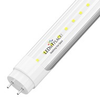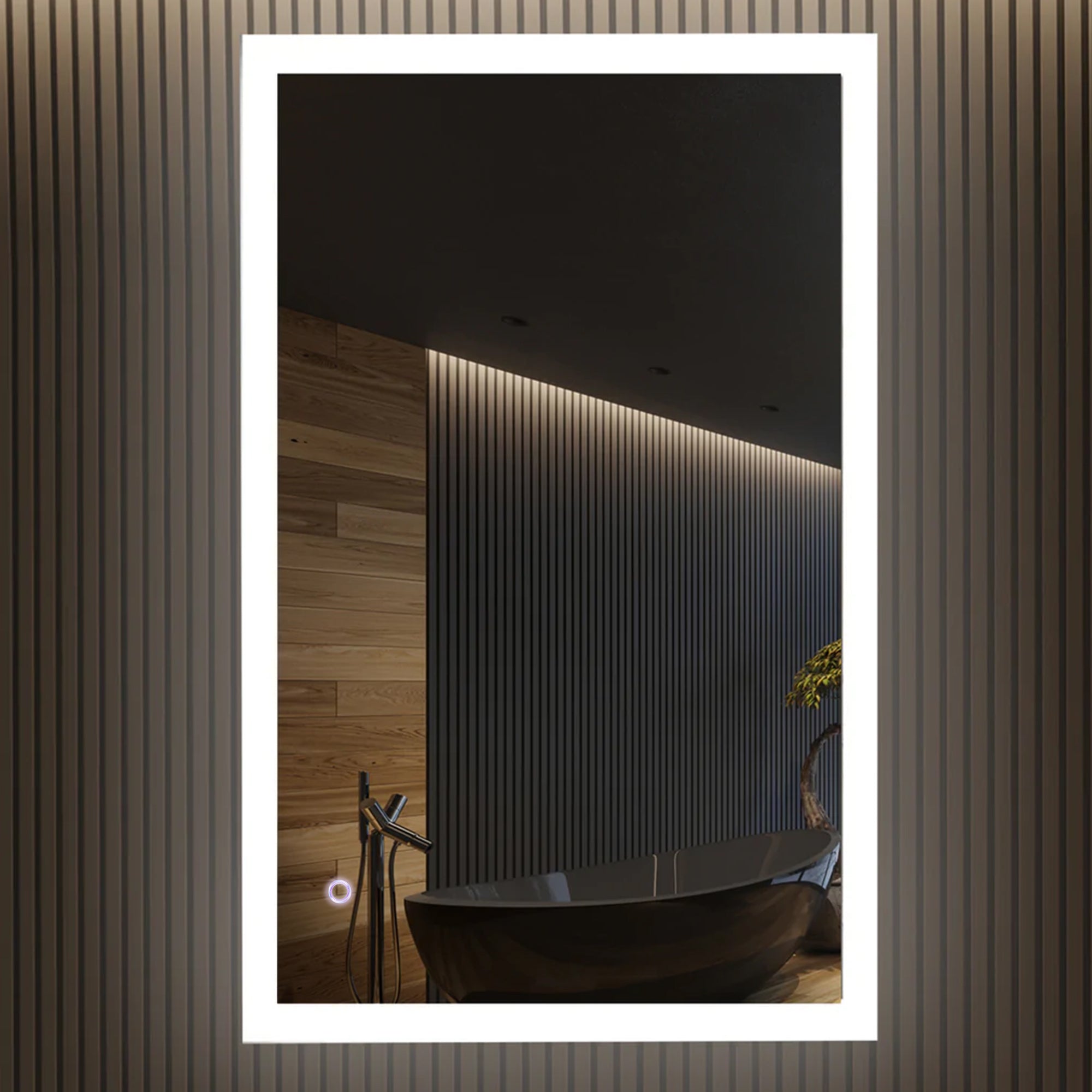Bathroom mirrors are more than just a tool to check your reflection. They play a pivotal role in enhancing the ambiance, amplifying light, and providing a visual expansion of space. In the USA, where bathroom designs range from minimalistic to lavish, choosing the right mirror can transform the room from ordinary to extraordinary. Let's dive into the best types of bathroom mirrors tailored for our unique tastes and requirements.
1. Fog-Free Mirrors
Nothing can be as annoying as a fogged-up mirror after a hot shower. For those who have to rush in the mornings, fog-free mirrors are a game changer. They come with a heating mechanism that prevents condensation, ensuring you always have a clear reflection.
2. Wall-Mounted Mirrors
Wall-mounted mirrors are the most common type found in most bathrooms. They offer flexibility in size, from small decorative pieces to full-length options. They are perfect for those who prefer a sleek, classic look.
3. Vanity Mirrors
For those who take their grooming seriously, vanity mirrors are a must-have. They often come with built-in lights, offering an illuminated view that is perfect for makeup application or shaving. Some even come with magnifying options for precision.
4. Medicine Cabinet Mirrors
A staple in many American homes, medicine cabinet mirrors are functional and stylish. They provide storage for toiletries and medications, keeping them within arm's reach. Modern designs come with added features such as internal lights and electrical outlets.
5. Frameless Mirrors
If you're looking to achieve a contemporary look, frameless mirrors should be on your radar. They provide a clean, unobstructed view and blend seamlessly with any bathroom décor, making them perfect for modern interiors.
6. Framed Mirrors
From rustic wooden frames to ornate metal designs, framed mirrors offer a decorative element to your bathroom. They are available in various styles and finishes, ensuring there’s a perfect match for every bathroom theme.
7. Pivot Mirrors
These mirrors are mounted on pivoting hardware, allowing you to tilt them up or down. It's a practical choice for bathrooms shared by individuals of varying heights.
8. LED Backlit Mirrors
LED backlit mirrors are rapidly gaining popularity in contemporary American bathrooms. They offer soft, ambient lighting that's ideal for creating a relaxing atmosphere. Plus, the LED lights are energy-efficient and have a long lifespan.
Factors to Consider When Choosing a Bathroom Mirror:
- Size: Ensure the mirror complements the size of your vanity and doesn’t overpower other elements in the bathroom.
- Functionality: Think about the primary function of your mirror. Do you need it for grooming, storage, or purely decorative purposes?
- Style: The mirror should enhance and reflect the overall design theme of your bathroom.
- Maintenance: Opt for mirrors that are easy to clean and maintain. For instance, frameless mirrors might have fewer nooks and crannies than their framed counterparts.
Conclusion
Choosing the right bathroom mirror is crucial not only for practicality but also for aesthetics. Whether you're renovating your space or just updating a few elements, consider the mirror as an integral component of the bathroom design. It can set the tone, enhance lighting, and even make the space appear larger. So, the next time you contemplate your bathroom mirror choice, keep these points in mind to ensure you make an informed and stylish decision!
Frequently Asked Questions (FAQs)
Q: How high should I hang my bathroom mirror?
A: Typically, bathroom mirrors are hung at eye level. For most bathrooms with a vanity, it's standard to hang the mirror about 5 to 10 inches above the sink. However, the height can vary based on personal preference and the specific bathroom design.
Q: Can I use any mirror in the bathroom?
A: While technically any mirror can be used in a bathroom, it's advisable to use mirrors designed for bathroom environments. These are often made to resist humidity and moisture, preventing issues like fogging and deterioration over time.
Q: How do fog-free mirrors work?
A: Fog-free mirrors use a heating mechanism, often a thin heating pad attached to the back of the mirror, to warm the surface. This prevents condensation (which causes fogging) from settling on the mirror’s surface.
Q4: What's the best way to clean a bathroom mirror?
A: To avoid streaks and residue, use a mixture of equal parts water and white vinegar. Spray the solution on the mirror and wipe it down with a soft, lint-free cloth. Alternatively, commercial glass cleaners can also be effective.
Q: How can I make my small bathroom look bigger with a mirror?
A: Using a larger, frameless mirror can help reflect more of the bathroom, creating an illusion of a bigger space. Positioning the mirror opposite a light source or window can further enhance this effect by reflecting more light.
Q: Are LED backlit mirrors safe for the bathroom?
A: Yes, LED backlit mirrors are designed specifically for bathrooms. They are generally sealed to prevent moisture from affecting the electronics. However, always ensure that any electrical installations in a bathroom comply with local safety regulations.
Q: Can I install a bathroom mirror by myself?
A: While smaller mirrors can often be a DIY project, larger or heavier mirrors might require two people or even a professional for installation. Always ensure the mirror is securely fixed to the wall to avoid accidents.
Q: How often should I replace my bathroom mirror?
A: There's no fixed timeline, but if a mirror starts to show signs of wear like desilvering, black spots, or chips on the edges, it might be time to consider a replacement.






















































































